Theatrics or Transformation: Unveiling the Canadian Mortgage Charter
In a move announced during the Fall Economic Statement, Finance Minister Chrystia Freeland introduced the Canadian Mortgage Charter (CMC), aimed at assisting vulnerable borrowers facing challenges due to increased interest rates. However, as we delve into the six key points of the charter, it becomes evident that these measures are not entirely new but rather a repackaging of existing rules. This article aims to dissect the intricacies of the CMC, exploring its implications and shedding light on whether it is a substantial initiative or mere political theatre.
The CMC, introduced in the Fall Economic Statement, is a non-binding set of rules and expectations designed to guide financial institutions in supporting vulnerable borrowers. It encompasses various measures aimed at providing relief to homeowners navigating the challenges posed by rising interest rates.
What's "New"
1. Extensions on Amortization Period - One of the key points of the CMC is allowing temporary extensions of the amortization period for mortgage holders at risk. While this may sound like a novel measure, it's essential to recognize that such extensions were already a possibility. The CMC consolidates and clarifies existing guidelines.
2. Waiving Fees and Costs - The charter emphasizes the waiving of fees and costs associated with relief measures. Again, this is not a new concept, as banks have previously implemented fee waivers. The CMC merely underscores the importance of such practices during challenging times.
3. Exemption from Stress Test - Insured mortgage holders are exempt from the stress test when switching lenders at mortgage renewal. While this might seem groundbreaking, it's crucial to note that this exemption aligns with existing guidelines and consolidates them under the CMC banner.
4. Proactive Outreach by Banks - Contacting homeowners four to six months before mortgage renewal to inform them of their options is emphasized in the CMC. Although a proactive approach is encouraged, it's not a new requirement, as many banks already engage in similar outreach efforts.
5. Flexible Repayment Options - The CMC introduces the ability for homeowners at risk to make lump sum payments to avoid negative amortization. This is a new aspect and brings welcomed flexibility to borrowers facing financial challenges.
6. Interest Waiver on Negative Amortization - The charter includes not charging interest on interest in the event of negative amortization due to mortgage relief measures. While this may be perceived as a new measure, the concept aligns with principles already in place, providing further clarity.
What Qualifies as a Vulnerable Borrower?
The CMC doesn't explicitly define vulnerable borrowers but refers to the Financial Consumer Agency of Canada's (FCAC) guidelines. According to the FCAC, a "consumer at risk" is someone experiencing severe financial stress due to exceptional circumstances.
Nothing More Than a Guideline
The Canadian Mortgage Charter is a non-binding set of rules and expectations. It serves as a guide for financial institutions rather than a legal framework.
Enforcement of the CMC rules is not through legislation. Borrowers who feel they haven't been offered the measures outlined in the charter can file complaints on the FCAC website. The FCAC investigates complaints involving federally regulated financial institutions, and the federal government monitors compliance without specifying specific enforcement measures.
The Canadian Mortgage Charter, though touted as a significant move in the Fall Economic Statement, appears to be more of a consolidation and clarification of existing measures rather than groundbreaking initiatives. The introduction of flexible repayment options is a positive step, but the overall impact raises questions about the necessity of this political theatre. As we navigate the complexities of the real estate landscape, it's crucial to remain vigilant and informed about the evolving regulatory landscape.
Your market
Curious where our market falls on this split and what it means for you?
Get in touch, and we’ll tell you everything you need to know.




